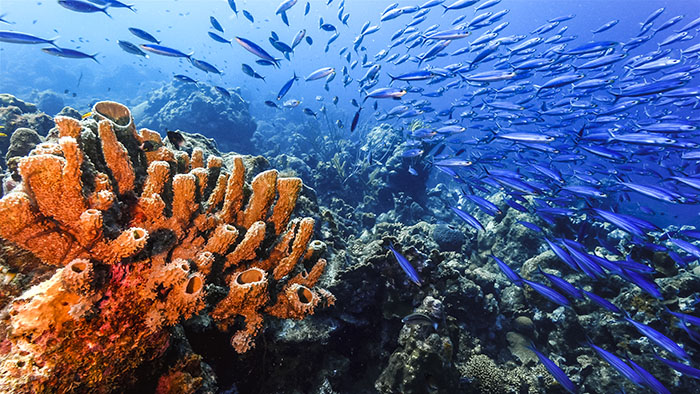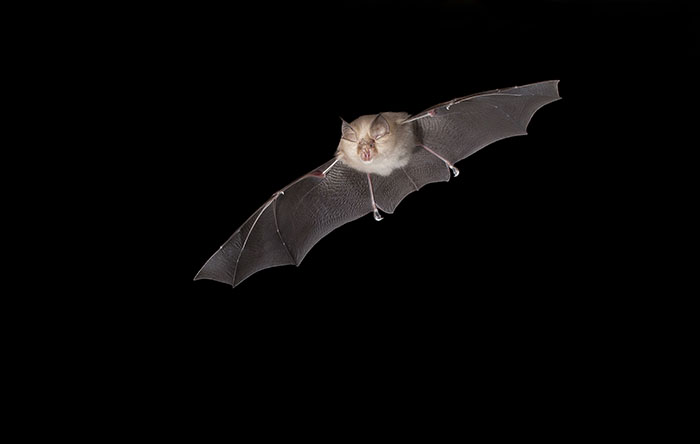New microbes discovered in a bats, humans and a marine invertebrate
Posted on September 16, 2021 by Matt Bassett
Each month, the Microbiology Society publishes the International Journal of Systematic and Evolutionary Microbiology (IJSEM), which details newly discovered species of bacteria, fungi and protists. Here are some of the new species that have been discovered and the places they’ve been found.
Microbes found in the ocean commonly appear in this blog, and this month is no different, Palleronia sediminis and Flavivirga algicola are two new marine bacteria isolated from offshore areas near Weihai, PR China. The genus Palleronia previously included three species until the description was modified to include an additional three species. The genus Flavivirga previously contained five species, all of which were isolated from marine environments. The two new species were isolated from the surface of red algae.

The second marine bacterium was also discovered off the shores of PR China. However, this new species was isolated from a marine sponge, and this was recognised in its name Marixanthomonas spongiae. M. spongiae is part of the family Flavobacteriaceae. Members of this family are ubiquitous in diverse ecological environments, such as the deep sea, the Antarctic, marine plants and animals.

The last marine species discovered this month was isolated from the mouth of a marine invertebrate belonging to the genus of air-breathing sea slugs Onchidium. The Onchidium species was collected from the Dapeng Nature Reserve, PR China. The marine invertebrate was recognised in the name of the new species; Muricauda onchidiid.
Microbes isolated from animals also frequent this blog, but it’s not often we have microbes found in humans, let alone three. Nocardia huaxiensis is a new actinomycete isolated from a skin biopsy of a patient in a hospital in PR China. A research group isolated a new species from a faecal sample of a male volunteer. The species was named Adlercreutzia rubneri and is part of the family Eggerthellaceae, members of this family have primarily been isolated from the gastrointestinal tract or faecal samples of humans, mice, rats, dogs and sheep. The third species isolated from humans has been named Eikenella glucosivorans. This species was isolated from a throat swab of a patient at a hospital. Members of the genus Eikenella are known to be responsible for rare cases of endocarditis in humans, but also colonise the mucous membranes in the upper respiratory tract and are considered part of the normal microbiota.

There are only two terrestrial animals that yielded new species this month. Researchers isolated Haloactinobacterium kanbiaonis and Ruania zhangjianzhongii from the faeces of bats (Hipposideros spp.), collected in two geographically separate locations in southwest PR China. The second animal was the house cricket (Acheta domesticus) and was named Entomomonas asaccharolytica. E. asaccharolytica is the second species to be added to the genus. Previously the genus contained Entomomonas moraniae, which was isolated from the gut of an Asian honey bee (Apis cerana).

